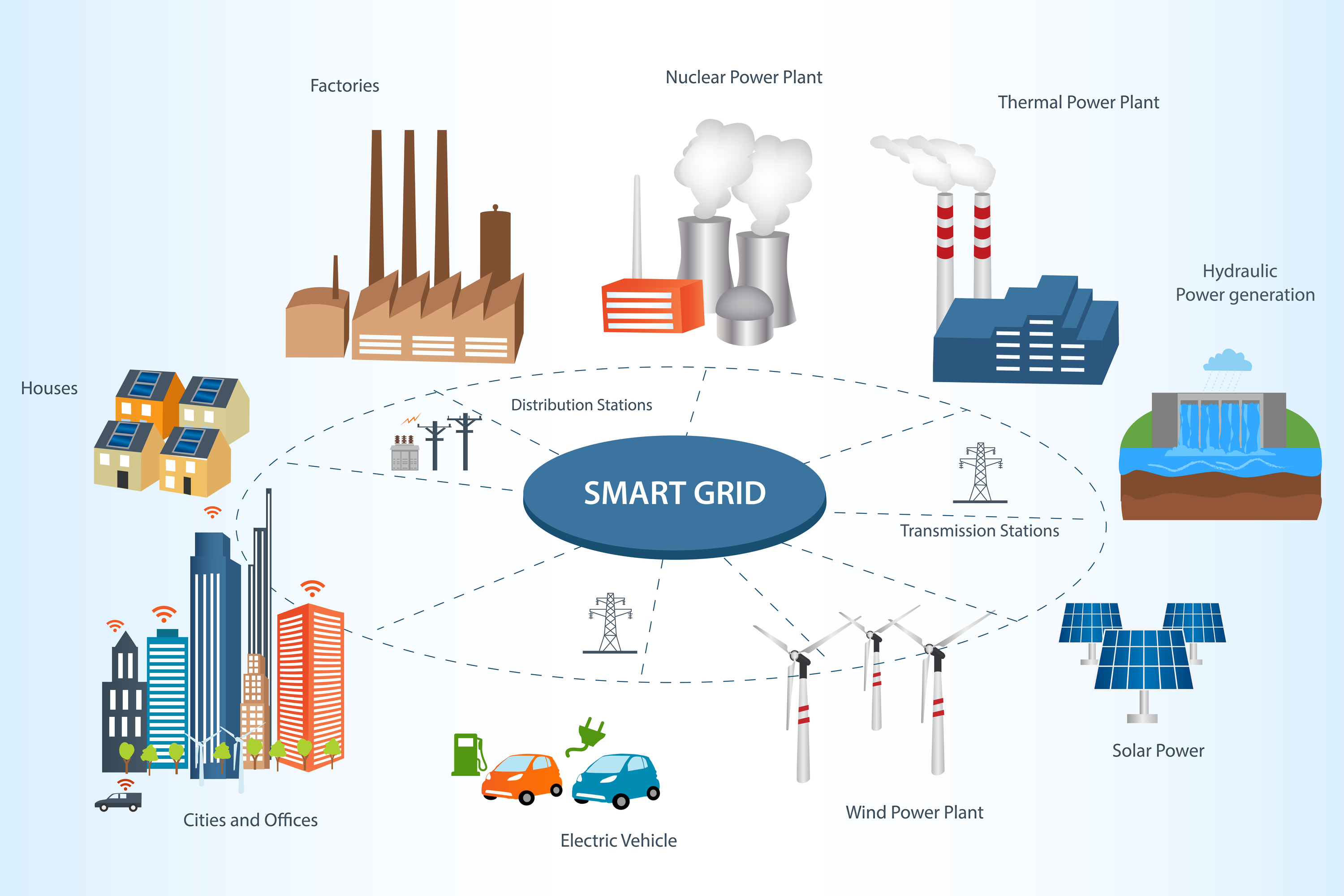
Palit D, Singh J (2011) Lighting a billion lives-empowering the rural poor. Palit D, Malhotra R, Kumar A (2011) Sustainable model for financial viability of decentralized biomass gasifier based power projects. In: Bhattacharyya S (ed) Rural electrification through decentralised off-grid systems in developing countries. Palit D, Chaurey A (2013) Off-grid rural electrification experiences from South Asia.

Palit D, Chaurey A (2011) Off-grid rural electrification experiences from South Asia: status and best practices. National Board for Wildlife, Ministry of Environment and Forests, Government of India 2011 MoEF (2011) Guidelines for linear infrastructure intrusions in natural areas: roads and power lines. Mishra A, Sarangi GK (2011) Off-grid energy development in India: an approach towards sustainability. Ministry of Home Affairs (2013) Government of India. Millinger M, Marlind T, Ahlgren EO (2012) Evaluation of Indian solar electrification: a case study in Chhattisgarh. Malviya J (2011) Rural electrification in Chhattisgarh. Mainali B, Silveira S (2011) Financing off-grid rural electrification: country case Nepal. Kumar A, Mohanty P, Palit D, Chaurey A (2009) Approach for standardization of off-grid electrification projects. Komatsu S, Kaneko S, Shrestha RM, Ghosh PP (2011) Non income factors behind the purchase decisions of solar home systems in rural Bangladesh. Organized by Centre for Science and Environment, New Delhi Jain S (2012) Talk delivered at the round table on solar energy policy-challenges and way forward for energy access and large-scale deployment of solar energy in India.
#Solar grids in india series#
In: The case of india’s rural areas working paper series vol 2013–12, The International Centre for the Study of East Asian Development, Kitakyushu, Japan, pp 20 Imai K, Palit D (2013) Impacts of electrification with renewable energies on local economies. IEA (2012) World Energy Outlook, 2012 Electricity Access Database, International Energy Agency, Paris įSI (2011) Forest and Tree Resources in States and Union Territories. Energy Policy 30:33–42ĬREDA (2013) Chhattisgarh State Renewable Energy Development Agency, 2013. Int J Environ Sci Dev 3(4):334–338Ĭensus of India (2011) Office of the Registrar General and Census Commissioner, IndiaĬentral Electricity Authority (2013) Progress report of village electrification as on 31-05-2013 Ĭhakrabarti S, Chakrabarti S (2002) Rural electrification programme with solar energy in remote region-a case study in an island. This process is experimental and the keywords may be updated as the learning algorithm improves.īuragohain T (2012) Impact of solar energy in rural development in India.

These keywords were added by machine and not by the authors. We observe that robust institutional arrangement, strong policy support and an effective maintenance and an oversight mechanism have been the key contributing factors for the success of this initiative. The work, based on extensive literature review, interview with key stakeholders and field visits to selected remote forested villages in the state of Chhattisgarh, shares the experiences and lessons of the solar mini-grid programme for rural electrification in the state by comprehensively analysing multiple dimensions of the programme such as coverage and trend, technical designs, institutional arrangements, financial mechanism and operation and maintenance aspects, which were key to the success of the solar mini-grids. This chapter attempts to examine the development and operation of the solar mini-grid model for enhancing electricity access in India, with special focus on the state of Chhattisgarh.

The state of Chhattisgarh in Central India has alone been able to electrify around 1,400 remote and forested villages through solar mini-grids. Under the Remote Village Electrification Programme by the Government of India, around 12,000 villages and hamlets have been electrified using renewable energy. However, solar photovoltaic technology has also been used for providing electricity access in remote, forested habitations and islands. Conventional grid extension has been the predominant mode of electrification in India.


 0 kommentar(er)
0 kommentar(er)
